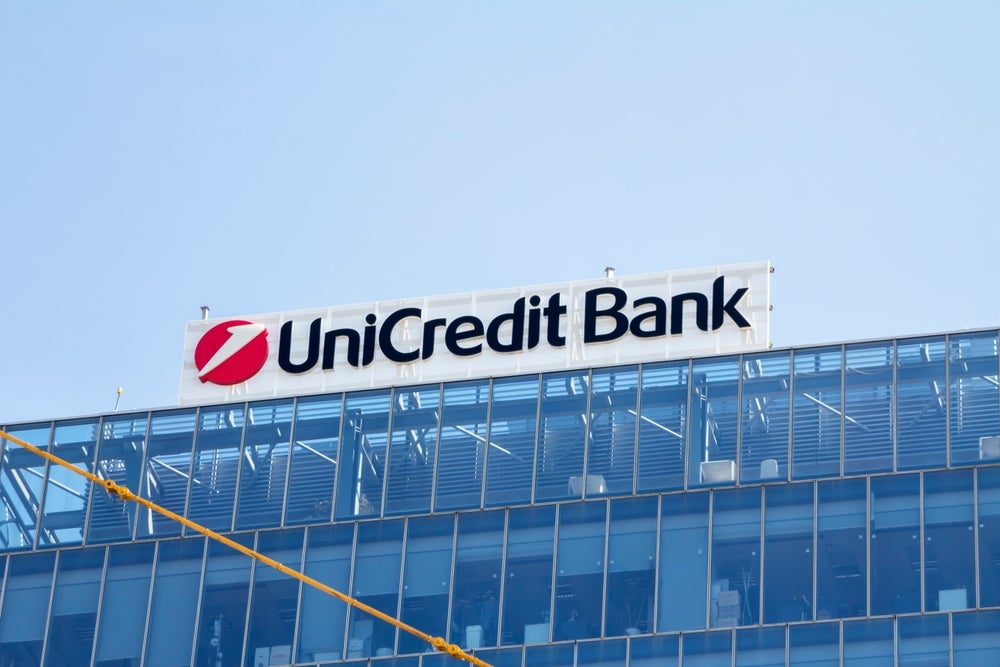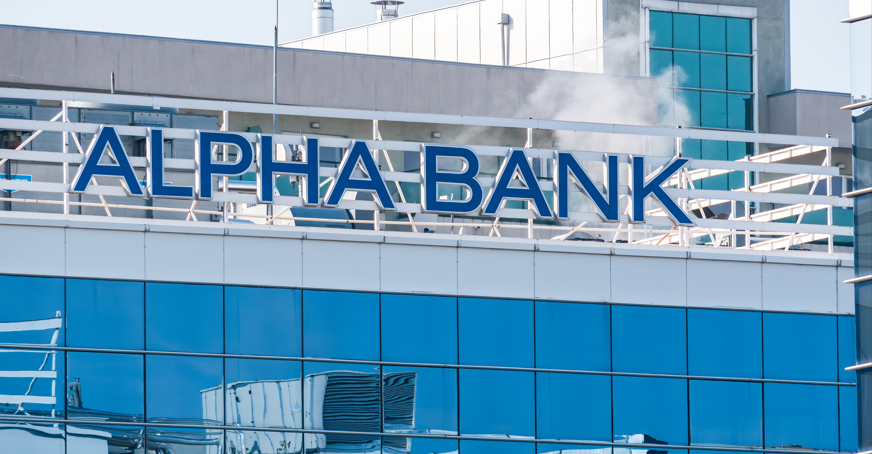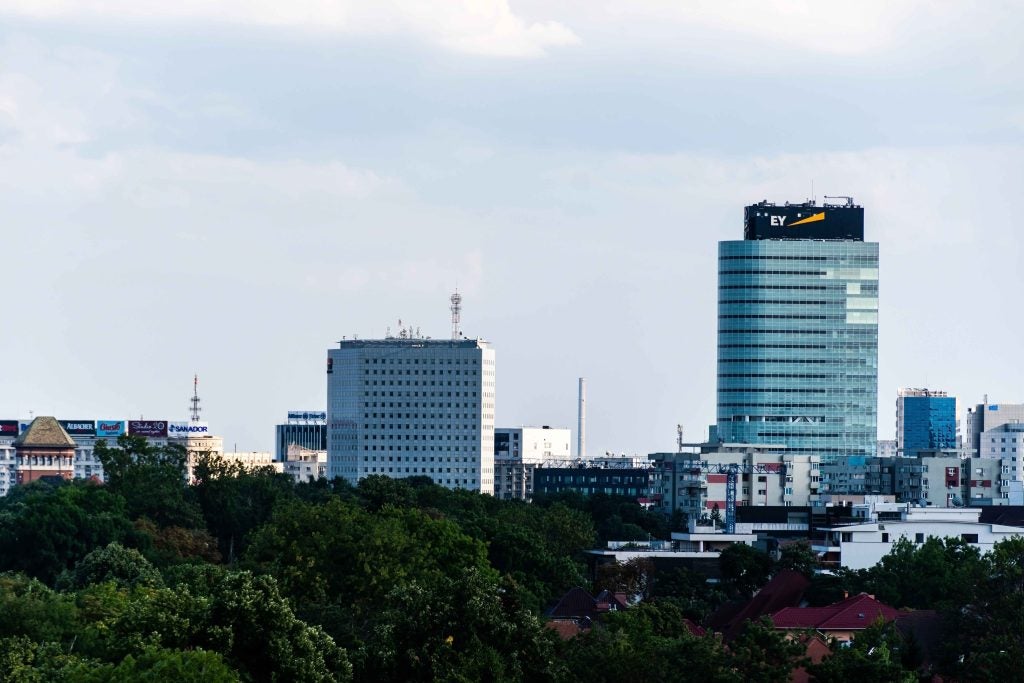In the first quarter, in particular, good news
was in short supply, with around one-half of Romania’s 44 banks
posting a loss. Romania’s credit rating was cut, the government had
to seek help from a combination of the International Monetary Fund,
World Bank and the European Union, while its banks had to raise
rates on deposits to attract funds, threatening net interest
income.
Across the sector as a whole, deposits growth
slowed, up by 12.3 percent year-on-year in June against 19.4
percent in January. Retail lending growth plummeted despite the
efforts of the Romanian Central Bank to revive lending and boost
liquidity.
In a sector dominated by foreign banks,
accounting for almost 90 percent of total bank assets,
non-performing loans soared, hitting 15.3 percent in April compared
to 8.9 percent a year before.

The country’s two biggest retail banks,
Erste-owned Banca Comerciala Româna (BCR) and Société Générale
subsidiary BRD, posted first-half earnings down sharply. Net profit
after taxes and minority interests was down 20.1 percent compared
with a year ago to RON606.8 million ($205.9 million) at the former,
while BRD was down 17.4 percent to RON425 million.
At BCR, provisions rose from €39 million
($56.5 million) in the first half of 2008 to €169.8 million. The
bank did have the distinction of cutting its cost-income ratio,
despite growing its branch network by a net 64 branches (to 652
outlets in total) compared to a year ago, and increasing its
investment in IT.
How well do you really know your competitors?
Access the most comprehensive Company Profiles on the market, powered by GlobalData. Save hours of research. Gain competitive edge.

Thank you!
Your download email will arrive shortly
Not ready to buy yet? Download a free sample
We are confident about the unique quality of our Company Profiles. However, we want you to make the most beneficial decision for your business, so we offer a free sample that you can download by submitting the below form
By GlobalData
According to Dominic Bruynseels, the CEO of
BCR, the bank is well placed to get its cost-income ratio down
further.
He told RBI: “The cost-income ratio
is now below 40 percent and I think we can get it down below 39
percent.
“We finalised the bank’s integration programme
at the end of last year, arising from Erste’s 2005 acquisition of
BCR, and employee numbers have come down to 8,700 from 12,000 a
couple of years ago, despite increasing the branch network.”
That network will reach 700 units by the end
of the year, while BCR’s ATM network, already the biggest in the
country, will grow from 2,000 to 2,500.
Erste’s Romanian subsidiary is not alone in
demonstrating confidence in its local investment, with the biggest
nine international banks in the country recently committing to
maintain their overall exposure to the country, as well as increase
the capital of their subsidiaries if required.

For Peter Szenkurök, head of retail banking at
Austria’s fourth-largest bank, Volksbank, there are good grounds
for optimism.
“The economic downturn will not be the end of
the earth. Globally, we will see much more moderate growth rates
than before,” Szenkurök told RBI.
“[But] compared to the very mature markets
such as Germany, France, the Netherlands and Austria, Central and
Eastern Europe [CEE] will surely outperform.”
In the past four years, Volksbank
International (VBI) has expanded its international operations
across eight markets, more than quadrupling its CEE-retail
footprint to exceed 600 sales outlets, with Romania (246 branches
and agencies and one-third of the Volksbank loan book), far and
away the bank’s largest foreign market (see pie chart
above).
Since first setting up shop in Romania in
2000, VBI has, said Szenkurök, sought to “outperform the local
market, with a relatively small branch network compared to major
competitors”.
Initially, it pinned its product hopes on
retail loans, a segment of the market dominated by BCR with a
market share of 20.8 percent. VBI has, however, made inroads into
BCR’s lead.
“In early 2006, our market share of this
segment was below 3 percent. By the middle of 2008, it had risen to
more than 10 percent. In 2006, we ranked as the 10th biggest retail
bank… Now we are in the top three,” Szenkurök added.
As for the reasons behind VBI’s expansion,
Szenkurök explained that the bank has built a core-competence in
creating “entrepreneurship”.
He said: “A lot of words are spoken about it,
but not many banks succeed in implementing this. At VBI, it
includes a sales motivation system for employees which is highly
developed, supporting the bank’s strategy and strongly supporting
the performance of each employee.”
While Bruynseels concedes smaller raiders such
as VBI have made their presence felt in the retail market, BRD
remains the “main rival”.
Market shares holding up
Despite slipping a little last year,
BCR’s market shares are holding up.
“Our retail deposit market share is at 20.5
percent, mortgages market share is 30 percent and while our
consumer loans share is down a little, that is part of our
strategy, towards targeting secured lending,” said Bruynseels.
And it is mortgages which Bruynseels argues
can kick-start his campaign to drive up BCR’s cross-sell ratio.
His predecessor as BCR CEO, Manfred Wimmer
(now Erste Group CFO), told RBI 18 months ago that BCR’s
cross-sell ratio was too low to quote, and Bruynseels says it
remains too low to discuss publicly (see
RBI 587).
“We are not there yet to discuss that.
Cross-sell has to be a key metric we are targeting. It is
absolutely fundamental and mortgages are the best start of the
customer-relationship. From there, we can then sell unsecured
lending products, credit cards and so on,” Bruynseels said.
One thing which puzzled Bruynseels on his
arrival at BCR after 27 years with Barclays, was the pricing
strategy at BCR.
“We did not differentiate between customers
and non-customers,” he said. “It was odd, as you should know more
about your own customers – they are the ones more likely to repay
you. Since I have been in the hot seat, we have become more focused
on knowing our customers.”
A loyalty scheme has been put in place; he has
also driven forward product innovation and overseen the relaunch of
the bank’s online channel, with internet customer numbers now
exceeding 500,000 of the bank’s 4.6 million customer base.
Bruynseels is also, inevitably, focused on
service. “One of my biggest observations when I started in Romania
was that BCR was a sales operation – not a service operation. That,
very rapidly, was placed at the top of my agenda,” he said.
“We had to increase our dynamism. We were not
thinking quickly enough on our feet.”
And unlike a number of BCR’s rivals,
advertising and marketing spend has been increased under the new
CEO.
“I think it is very important to maintain your
presence in the market and we have seen from our market research
that we continue to be viewed as the major player in Romanian
banking,” Bruynseels added.
“We saw the strength of the BCR brand in
particular during the liquidity crisis last September and unlike
some others, we did not have any liquidity issues at BCR.”
Looking ahead, Bruynseels is extremely keen to
address one perceived potential weakness at the bank, that of an
ageing customer base.
Social networking tricks
The student and young adult segments
of the market will be targeted, with the latest tricks of social
networking one possibility. Bruynseels would only divulge that it
would be apparent in the next three to four months how BCR would
raise its appeal to the young adult segment.
His bank also has high hopes it can steal a
march on its rivals via its recently launched mobile banking
operation, the first in the country.
It has teamed up with the South African
operation Wizzit, the mobile phone-based service which so
successfully attracted the unbanked in that continent, and a
service Bruynseels knows well from his time in South Africa as a
director of Absa.
BCR’s m-banking, known as ‘Good Bee’ is,
Bruynseels said, “a great example of an innovative service” and
will be aimed at the eight million unbanked people in Romania
between the ages of 15 and 55.
As for the bank’s future performance,
Bruynseels believes that numbers in the fourth-quarter this year
and first quarter of 2010 will confirm the Romanian economy has
stabilised and is on the mend.
In particular, he expects BCR’s results in
2009 will be better than the bank’s full-year results for 2008.
As for VBI, Szenkurök remains
bullish.
“Our Outperformance from number 10 to Top 3 in Romanian retail
banking, due only to organic growth is a remarkable success-story”,
he concluded.
|
GDP |
||||
|
Central & Eastern Europe – |
||||
|
2007 |
2008 |
2009E |
2010E |
|
|
Romania |
6.2 |
7.1 |
-8.0 |
0.2 |
|
Slovakia |
10.4 |
6.4 |
-5.5 |
2.6 |
|
Serbia |
7.1 |
5.4 |
-5.1 |
1.0 |
|
Poland |
6.5 |
4.8 |
1.2 |
2.6 |
|
Czech Republic |
6.1 |
2.8 |
-3.5 |
1.7 |
|
Croatia |
5.5 |
2.4 |
-4.8 |
0.2 |
|
Ukraine |
7.6 |
2.1 |
-12.0 |
2.0 |
|
Hungary |
1.2 |
0.6 |
-6.1 |
0.3 |
|
E=estimate Source: Erste Bank |
||||







